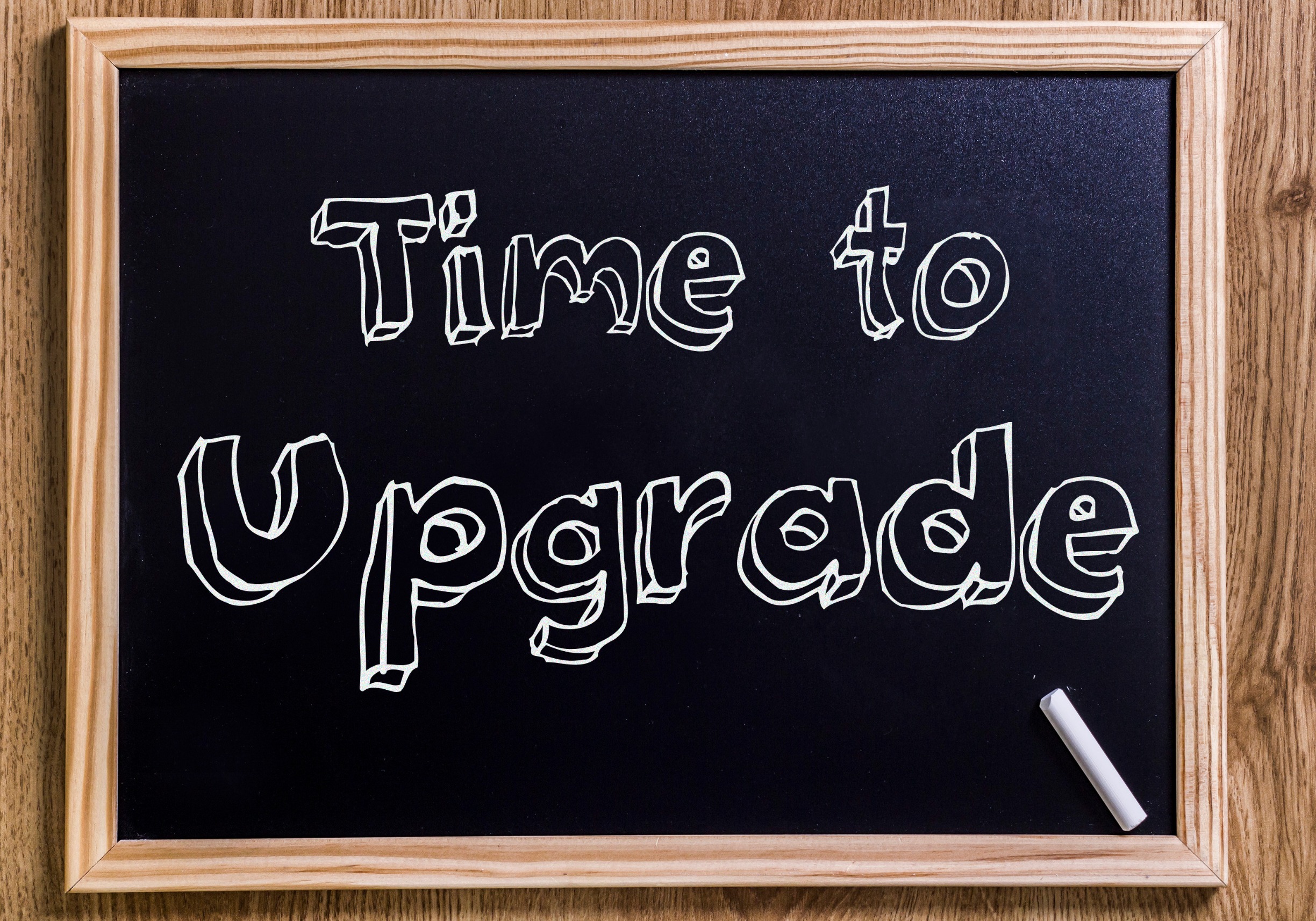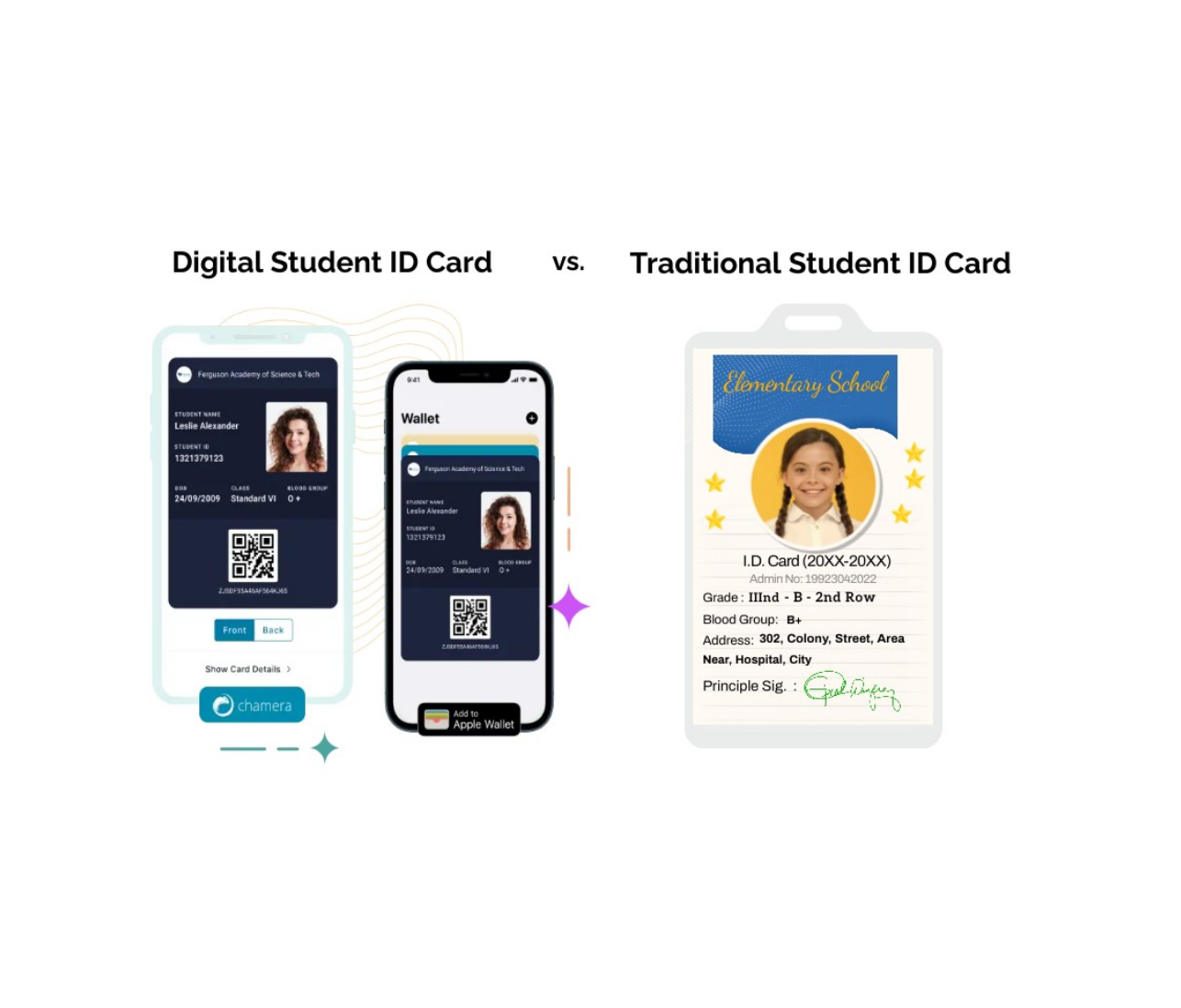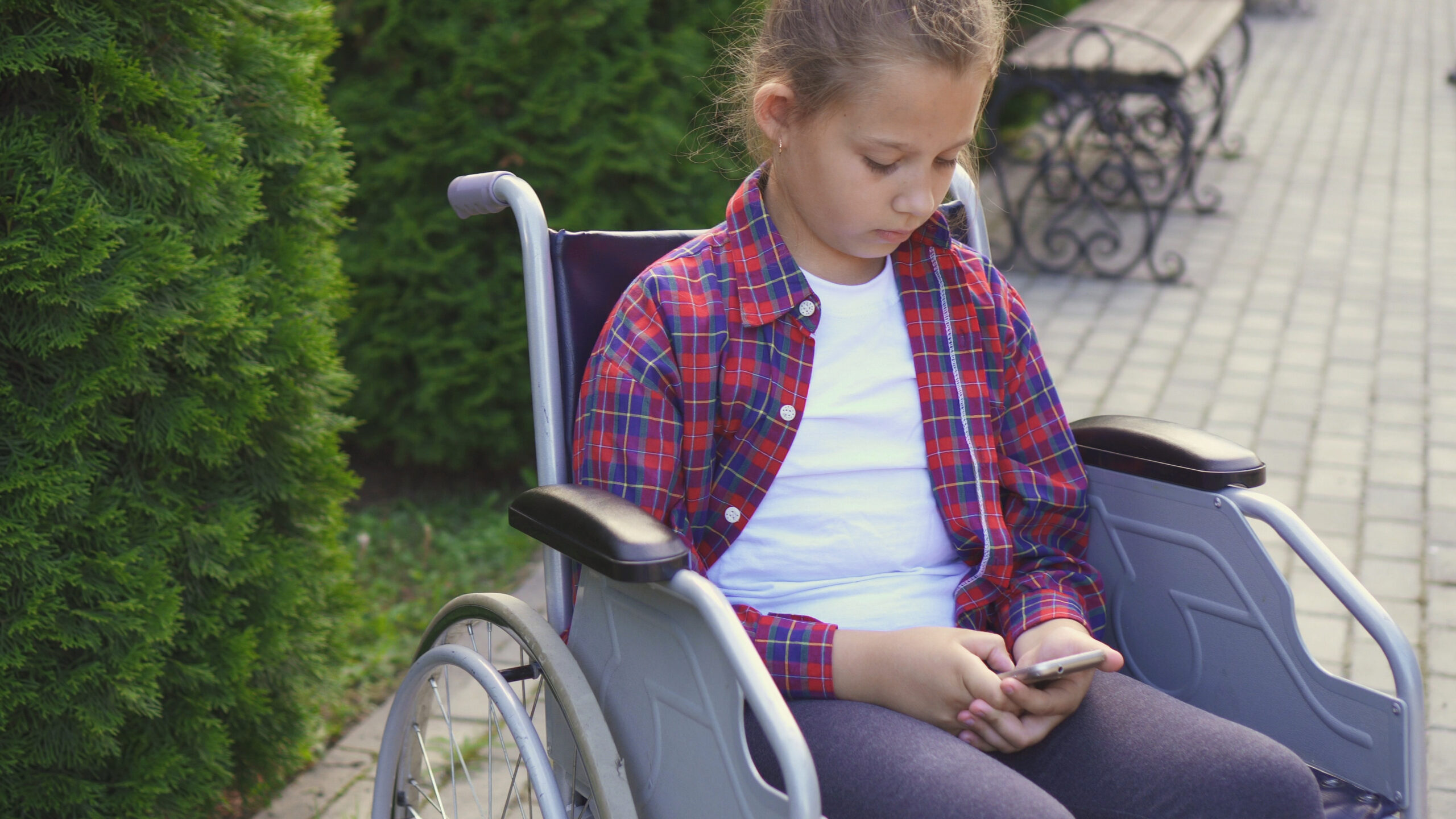In the fast-paced landscape of modern education, traditional school processes that once served institutions well may now be putting them at risk. As schools try to meet the growing needs of students, parents, and staff, it becomes increasingly important to identify and address outdated practices that can compromise safety, efficiency, and the quality of education. As modernisation is influencing every part of the world, it is high time schools also use it to upgrade their outdated processes.
This article sheds light on five of these common antiquated procedures, offering insights into why they pose risks and why embracing change has become necessary. It also suggests possible solutions to help fill the gap more efficiently. By recognising the need for improvement in these areas, educational institutions can start a journey toward a safer, more effective, and future-ready learning environment.
Manual Record-Keeping and Data Management
Using paper-based systems and physical files to store and organise important information related to students, staff, finances, and administrative processes is still in practice for many schools. While this traditional method has been used for many years, it poses several risks and challenges. Old techniques are susceptible to human errors, loss due to physical damages (like fires or floods), theft, and unauthorised access. Physical records require physical storage, which can be cumbersome and lead to inefficiencies. Additionally, retrieving and updating these records is often more time-consuming compared to digital systems.
That is why adopting digital ID card systems can be effective here. Digital ID cards for students can store their data digitally, and schools can track all student details from a single database. Moreover, professional digital ID card maker ensures data security and privacy so schools can overcome the risk of manually storing policy.
Inadequate Health and Safety Protocols
Maintaining the well-being of the students, teachers, and all school staff is a fundamental responsibility of every school. Traditional health protocols might not have considered issues like allergens, mental health, or modern diseases, which have become a more significant concern today. So, previous systems and facilities are not enough at this present time. Here are some of the health risks that the outdated school system can bring-
- Schools with older buildings may have issues like lead paint, asbestos, or inadequate ventilation, leading to health issues over time.
- Previous emergency response plans may not account for all possible scenarios, including natural disasters, violence, or public health emergencies.
- The old system did not have any mental health awareness programs, which are considered an essential part of today’s time.
- The hygiene measures were Inadequate, which can contribute to the spread of illnesses among students and staff.
- Aging infrastructure and facilities that lack necessary safety features can increase the risk of accidents.
Traditional Teaching Methods Without Technology Integration
In an increasingly digital world, sticking purely to old-fashioned teaching methods can delay students’ readiness for modern society and the digital workplace. Schools that don’t integrate technology into the learning process risk producing students who are not tech-savvy and lack vital digital skills.
Outdated teaching methods, such as lectures and textbooks, may struggle to engage today’s tech-savvy students. Without interactive and multimedia elements, lessons can become monotonous, leading to decreased student interest and participation. So, it is best when both are mixed and equally presented in the teaching method. Technology enables collaborative learning experiences, allowing students to collaborate on projects, research, and problem-solving activities. Also, if we consider environmental sustainability, printed materials can be costly and unsustainable. On the other hand, digital resources not only save resources but also provide easy access to a wealth of information.
Outdated Security Procedures
Traditional security measures, like simple locks or minimal surveillance, may no longer be sufficient to counteract modern threats. Schools are vulnerable to both physical breaches, such as intruders, and digital breaches, like cyberattacks on school networks. Older security systems often rely on physical locks and keys, which unauthorised individuals can easily bypass. This can lead to unauthorised access to school buildings, putting students and staff at risk. Old security cameras and surveillance systems may have limited coverage and outdated technology. This can make it challenging to monitor and respond to security incidents effectively.
Additionally, With the increasing dependence on digital technology in education, schools are vulnerable to cyber threats. Outdated cybersecurity measures can make institutions vulnerable to data breaches, ransomware attacks, and other digital risks that can compromise sensitive student and staff information.
One-Size-Fits-All Curriculum
Every student is unique, and a one-size-fits-all curriculum does not account for variations in learning styles, abilities, interests, and pace of learning. It may leave some students struggling to keep up, while others may find it unchallenging and disengaging. Practising a single curriculum for every student was an ancient practice that surely needs an upgrade now. In an age of tailored learning and varied educational resources, sticking to a rigid curriculum can hamper students’ ability to learn at their own pace and style. Nowadays, schools teach students with different disabilities or syndromes within the regular classroom and with the regular students. So, following one curriculum for everyone might create an unfair situation, and students will struggle to keep track. Moreover, standardised curricula often prioritise memorisation and regurgitation of facts over critical thinking, problem-solving, and creativity. This can hinder students’ ability to apply knowledge in real-life situations.
Possible Solutions for the Schools
- Implementing digital ID card facility in the regular systems for secure access control and attendance tracking.
- Encouraging teachers to explore innovative teaching approaches and tools.
- Conducting regular safety drills to prepare for emergencies effectively.
- Integrating technology into teaching methods to engage students.
- Developing and regularly updating health and safety protocols, including pandemic preparedness.
- Using a competency-based education and various assessment methods to evaluate student progress and individual growth.
Last Words
To conclude this article, we must say improving schools should be considered as a significant issue. As students, teachers, and all the staff spend almost more than half of their days at school, the administration should consider their well-being and safety. We have discussed some of the common outdated practices and suggested easy solutions. Hopefully, schools will understand the need for the upgrade and create a safe and healthy learning environment for all the students.




